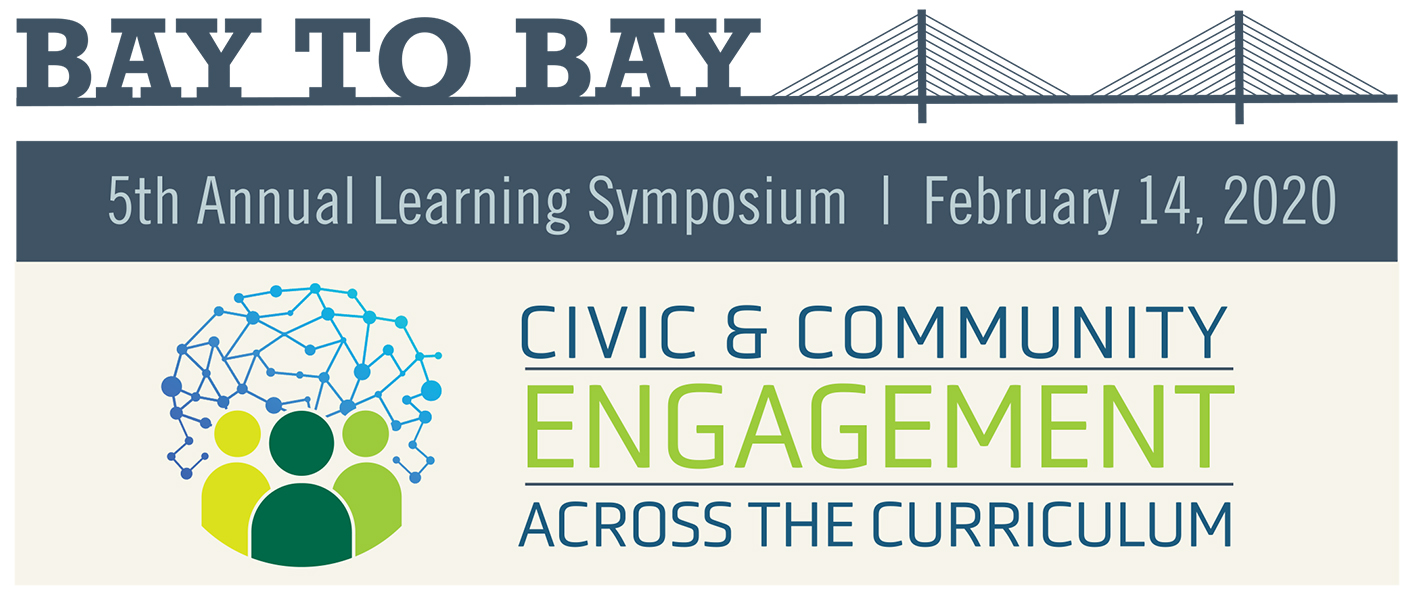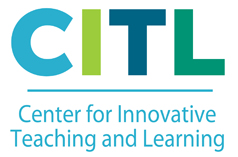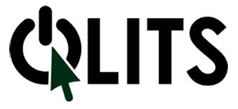Community Engaged Performance as High Impact Practice
Location
USC Ballrooms
Start Date
14-2-2020 3:00 PM
End Date
14-2-2020 4:00 PM
Abstract
Performance is an inclusive teaching tool which I have used in General Education, Citizen Scholar courses such as Intro to Humanities and Theater and Culture. Understanding of diverse views is promoted by exploring course material through performance. By first examining each of the four tenets of Victor Turner's Social Drama Theory (Breach, Crisis, Redressive Action, Reintegration) then using it as a framework, students enter into dialogue with each other and with local artists to develop scenes. As they engage in this process, they encounter many of the factors of High Impact Practices such as knowledge co-creation, reflection, and substantive interaction with peers and community members. I found that while some students were reluctant at the beginning of the semester to commit to actually performing in a scene (they were given other options such as staging, lighting, sound, costumes, etc.), they all willingly participated in the final live performance at the culmination of the course. I was encouraged by the depth of commitment to writing and rewriting scenes, discussing difficult topics with respect and empathy, as well as the creative ways students found to interpret the course material through performance.
Community Engaged Performance as High Impact Practice
USC Ballrooms
Performance is an inclusive teaching tool which I have used in General Education, Citizen Scholar courses such as Intro to Humanities and Theater and Culture. Understanding of diverse views is promoted by exploring course material through performance. By first examining each of the four tenets of Victor Turner's Social Drama Theory (Breach, Crisis, Redressive Action, Reintegration) then using it as a framework, students enter into dialogue with each other and with local artists to develop scenes. As they engage in this process, they encounter many of the factors of High Impact Practices such as knowledge co-creation, reflection, and substantive interaction with peers and community members. I found that while some students were reluctant at the beginning of the semester to commit to actually performing in a scene (they were given other options such as staging, lighting, sound, costumes, etc.), they all willingly participated in the final live performance at the culmination of the course. I was encouraged by the depth of commitment to writing and rewriting scenes, discussing difficult topics with respect and empathy, as well as the creative ways students found to interpret the course material through performance.





